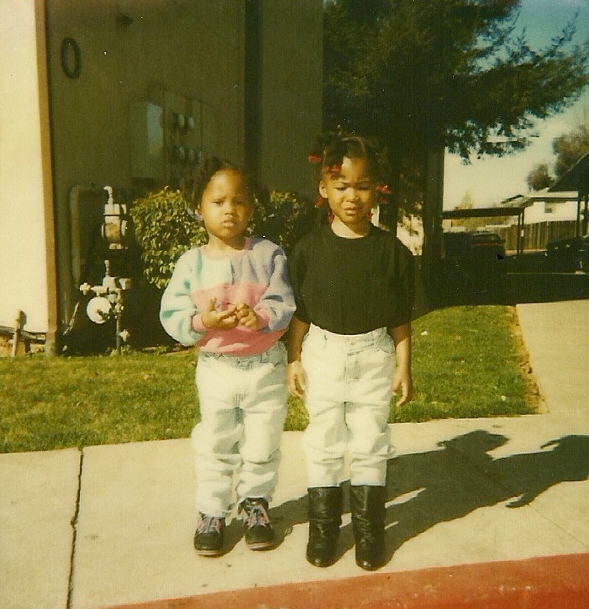Opposite Action: Flipping the Script on Your Emotions (DBT Style)
You ever been so mad you felt like throwing your phone across the room just because someone put you on hold again? Or so deep in your feelings that your bed started feeling like a permanent home? Yeah, we’ve all been there.
And if you’re doing the work in therapy, especially DBT (Dialectical Behavior Therapy), you’ve probably heard your therapist say, "Try opposite action." And if your first reaction was, "Say what now?" Don’t trip. You’re not alone.
Let’s break it down…
So, What Is Opposite Action?
Opposite action is a skill from DBT that’s all about doing the exact opposite of what your emotions are pushing you to do. But this only works when those emotions aren’t actually helpful or aligned with what you care about.
Emotions are powerful. Sometimes they steer us in the right direction. Like thirst making us reach for water. But other times, especially when we’re overwhelmed, our emotions are like that one friend who hypes you up to make wild choices and then disappears when it all falls apart.
Opposite action steps in and says, "Hold up. Let me switch it up."
Emotions Come With Action Urges
Every emotion has a natural urge that comes with it. That’s biology. That’s survival. But just because something feels automatic doesn’t always mean it’s useful.
Here’s what that might look like:
Anger makes you want to attack, snap, or disappear.
Opposite action would be showing kindness, walking away, or speaking calmly.Sadness makes you want to shut down and isolate.
Opposite action would be calling a friend, going outside, or doing something active.Fear wants you to avoid or escape.
Opposite action would be facing the situation and practicing courage.Shame tells you to shrink, look down, and hide.
Opposite action is holding your head high, making eye contact, and showing up fully.Disgust urges you to reject or distance yourself.
Opposite action means staying present and pushing through.Guilt often pushes you to deny or avoid what happened.
Opposite action is apologizing with sincerity and owning your impact.
How to Actually Use Opposite Action
It’s one thing to understand it. But using opposite action when your emotions are loud and taking over? That’s a whole other challenge.
Here’s how DBT teaches us to use it:
Name the Emotion
Take a moment to actually label what you're feeling. "I’m feeling anxious." "I’m sad." "I’m frustrated."Check the Facts
Is this emotion accurate for the situation? Sometimes fear is real. Sometimes it's our past showing up in the present.Notice the Urge
What does your body want to do? That’s the action urge.Choose the Opposite
Do something different on purpose. Not just a little different. The complete opposite of what the urge is telling you.Commit Fully
You gotta go all in for this to work. That means body language, words, and attitude need to match the new action.
This Isn’t Easy
Doing the opposite of what your emotions tell you doesn’t feel natural at first. When your chest is tight with anger or your heart is heavy with sadness, choosing a different path feels weird.
But here’s the reason it works.
Emotions get stronger when we feed them with action. So if you keep doing what the emotion wants, it sticks around. If you do the opposite, the emotion starts to lose steam. And that’s when real change starts to happen.
Let’s Put It Into a Story
Picture this.
You’ve been on the phone with customer service for over an hour. Your jaw is tight. Your body is hot. You’re ready to snap when someone finally answers.

You remember this DBT skill.
And instead of letting your anger take over, you soften your voice, stay calm, and explain the issue. The person helps you faster. You hang up feeling proud instead of full of regret.
That is opposite action in real time. That’s emotional regulation. That’s growth.
What Opposite Action Is Not
Let’s be clear. Opposite action is not about pretending your feelings don’t exist. It’s not about pushing emotions away or pretending everything is fine when it’s not.
The first step is acknowledging what you're feeling. That emotional awareness gives you space to choose a response instead of reacting automatically.
It’s not about denying your humanity. It’s about directing it.
Practice Makes Progress
This skill takes time to develop. Just like building muscle or learning a new language, the more you practice, the more natural it becomes.
You don’t have to wait for a crisis to use opposite action. Start small. Practice when things are chill so that when things get real, you already have the muscle memory.
And if you’re working with a therapist who teaches DBT, let them help you track how it’s going. What worked. What didn’t. What you can tweak for next time.
Final Thought: You Have More Power Than You Think
Your emotions can talk. Loud, even. But they don’t get to drive your life.
Opposite action is your way of taking the keys back.
You’re not ignoring your feelings. You’re choosing your response.
You’re not at the mercy of your moods.
You’re in the driver’s seat.
Quick Recap
If you want a tough emotion to stick around, keep doing what it tells you to do
If you want it to ease up, do the opposite
For it to work, you gotta commit all the way
Then flip the script. You got this.






Comments
Post a Comment